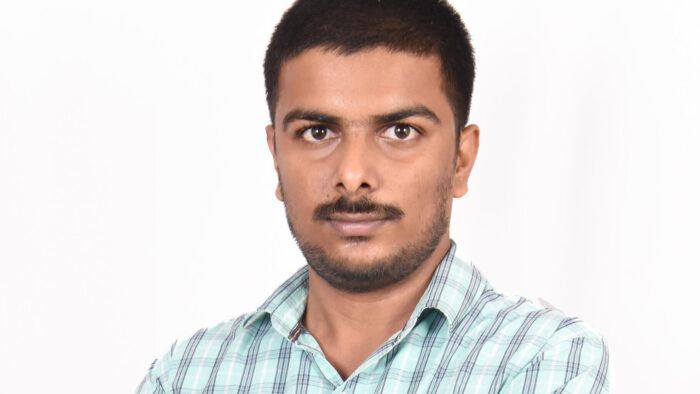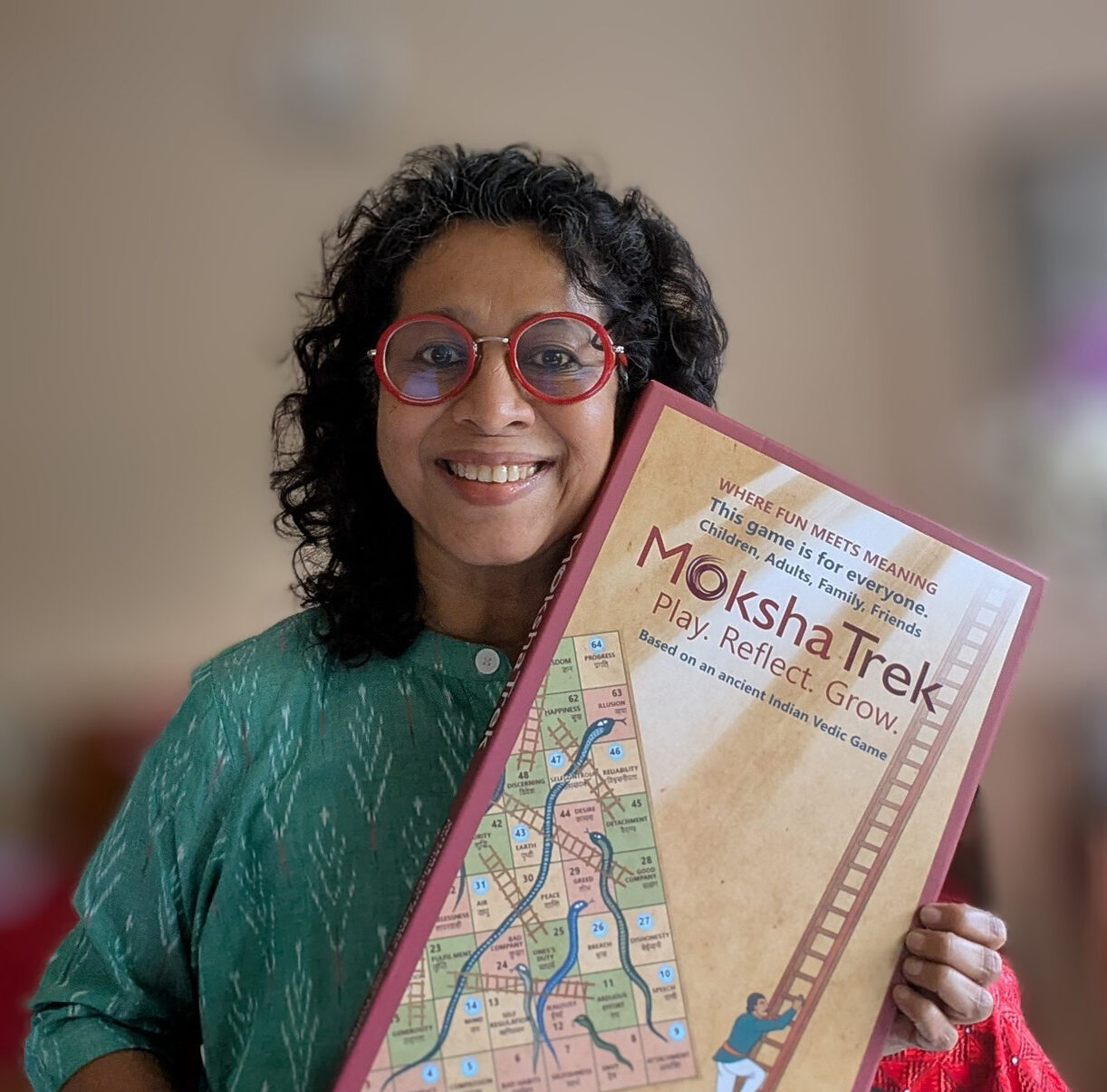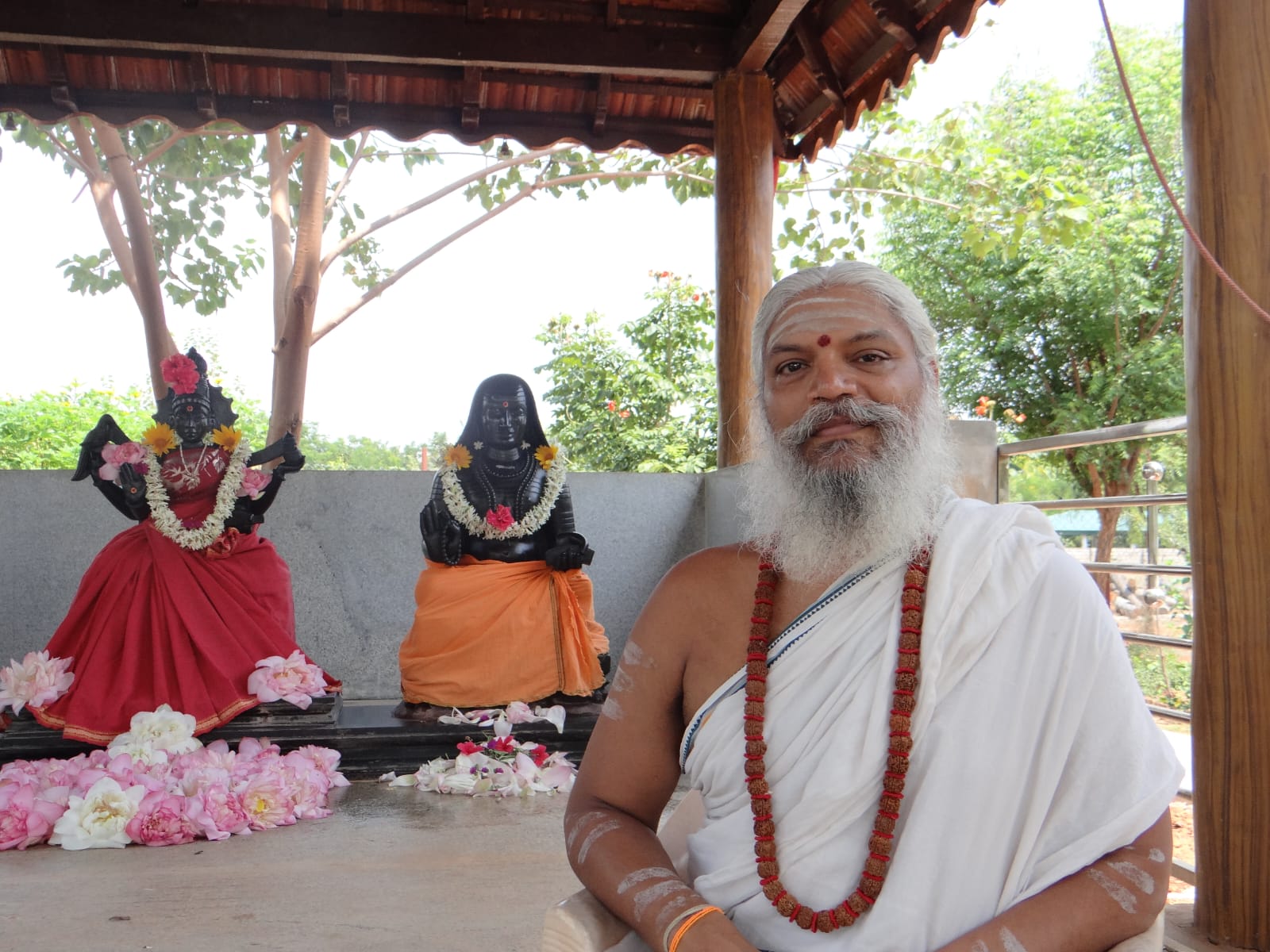The intellectual debate between Lokmanya Bal Gangadhar Tilak and Gopal Ganesh Agarkar represents a crucial moment in Maharashtra’s history, reflecting a deeper conflict between Western Knowledge Systems (WKS) and Indian Knowledge Systems (IKS). Both Tilak and Agarkar were pioneering thinkers, co-founding institutions like the New English School, Arya Bhushan Press, Deccan Education Society, and Fergusson College, shaping the future of education and public discourse in India. However, their ideological paths diverged sharply over fundamental questions concerning dharma, reform, and the role of tradition in modern society.
Agarkar, heavily influenced by Western rationalism and materialist philosophy, viewed dharma as a product of ignorance and fear, advocating for radical social reforms based on European Enlightenment thought. Tilak, on the other hand, resisted the uncritical acceptance of Western frameworks, seeking to revitalize and reinterpret IKS in a way that accommodated modernity while preserving the spiritual and philosophical core of Bharatiya traditions. Their debate, particularly on topics like idol worship, the nature of dharma, and education, encapsulates the broader struggle between colonial modernity and indigenous knowledge traditions.
Scholar Adwait Athawale, through his research, re-examines this historic debate by analyzing the epistemological roots of Tilak and Agarkar’s positions. His work challenges existing historiographies that have largely focused on socio-political aspects, instead bringing IKS into the center of the discussion. By highlighting the Western materialist underpinnings of Agarkar’s arguments and Tilak’s comparative approach to Indian and Western philosophies, Athawale provides a fresh lens to understand their intellectual legacy.
This study, therefore, seeks to analyze the Tilak-Agarkar debate through the framework of knowledge systems, exploring its implications for contemporary discussions on modernity, reform, and the role of IKS in shaping India’s intellectual future. It was presented at the recently concluded INDICA conference on Decolonising IKS.
How does your interdisciplinary background in science and humanities influence your analysis of Indian Knowledge vs Western Knowledge Systems?
My formal education in science and moderate exposure to technology have been among my greatest strengths. Science and technology pose the most serious and complex challenges before scholars of Indian Knowledge Systems (IKS). It is stupid, foolish, and suicidal to reject science and technology outright. What is truly required is a careful, critical, and impartial study of science to identify the points of consonance and dissonance between IKS and modern scientific knowledge. To undertake such a study, one must engage with science seriously. Fortunately, my postgraduate education in Physics has given me fair exposure to scientific principles and methods, enabling me to approach this task meaningfully.
There are multiple ways in which one can approach science. My approach has been theoretical, philosophical, and historical. The philosophical and historical approaches are extremely important for the analysis of IKS vs. WKS. The growth of modern science is often projected as a linear progression with the collapse of the Middle Ages and the beginning of the modern age in Europe. The collapse of the Middle Ages is often correlated with the so-called decline of Christianity. One can view this historical era from any frame of reference, but one cannot deny that Christianity was not able to address the intellectual challenges posed by modern science. This was because of the inherent contradictions in Christian theology, the lack of intellectual sophistication, and shaky philosophical foundations.
Within the scientific paradigm, there are two most important questions, both philosophical in nature: the origin of the universe and the origin and nature of consciousness. These are the questions that, in the West, religion, philosophy, and science all strive to answer. The growth of modern science has encroached upon the large space that was earlier reserved for religion and philosophy in the West. Yet, it has not been able to answer the problems of the origin of the universe and consciousness satisfactorily.
When you study science with this approach and then compare it vis-à-vis Bharat, you get an astonishingly different picture. In Bharat, we have a completely different situation. We have extremely sophisticated metaphysics, unshakable epistemology, and a coherent logical structure.
Thus, my education in science and my interest in the humanities enable me to analyze the strengths and weaknesses of WKS, point out the differences between IKS and WKS, and identify areas where it is possible to register a win over WKS.
You critique the Western colonial lens in evaluating Indian traditions. How does your work align with Tilak’s resistance to WKS?
My work is a comparative analysis of Agarkar and Tilak, focusing on their responses to the imposition of Western Knowledge Systems (WKS) to determine who aligns more closely with Indigenous Knowledge Systems (IKS). This approach aligns with Tilak’s resistance to WKS, as he critically analyzed Western frameworks by comparing them with IKS, ultimately establishing the superiority of indigenous knowledge systems.
How did you research the existing historiographies that overlook the role of IKS in the Tilak-Agarkar debate?
I divided the existing literature on the Tilak-Agarkar debate into four parts: works on Tilak, works on Agarkar, works on 19th-century Bharat, and comparative studies of the Tilak-Agarkar debate. I analyzed these works keenly and focused on whether they had given enough attention to the role of IKS in the Tilak-Agarkar debate. Specifically, I examined whether they addressed the paradoxical responses of Tilak and Agarkar toward IKS. I found that none of them discussed these aspects, which revealed a crucial gap in existing historiographies. This realization shaped my research focus, leading me to explore how IKS influenced the intellectual positions of both thinkers.
You highlight how Agarkar’s reformist stance was shaped by his Western education. How does your analysis differ from previous scholars?
There are other scholars who have already pointed out that Agarkar’s reformist stance was shaped by his Western education. The problem is that they have not proven it.
I have adopted a different approach. First, I have proven, using Agarkar’s own works, that he voluntarily accepted a colonial lens. In the next part, I have examined his application of the colonial lens in his understanding of dharma. I have explained how, by using Spencer’s methodology, Agarkar arrives at the conclusion that the root of dharma is fear and ignorance. The logical conclusion of this stance is that since dharma has its roots in ignorance and fear, it must either be abandoned or reformed.
This aspect is completely absent from previous scholarly works. They have only focused on his reformist stance, whereas I have proven that his stance was a direct consequence of his alliance with WKS.
What is the relevance of Tilak’s intellectual resistance to WKS in today’s discourse on IKS revival?
Tilak’s intellectual resistance to WKS remains highly relevant in today’s discourse on IKS revival. This is because, even after seventy-five years of political independence, nothing much has changed. Tilak witnessed the intellectual dominance of WKS and the marginalization of IKS in his lifetime. His reaction was not merely reactive but constructive. He followed the path of comparative analysis of IKS and WKS, and this analysis was based on IKS frameworks. Faith in IKS, resistance to the blind acceptance of WKS, and the comparative analysis of both are extremely important and highly relevant components of the Tilak school of thought that remain applicable in today’s age.
You argue that Western materialist thought shaped Agarkar’s critique of dharma. What do we understand from this in the context of today’s society?
It is true that Western materialism influenced Agarkar’s critique of dharma. His criticism of dharma was a result of his internalization of modern materialistic frameworks. The core principle of materialism is its identification of the body with ātman. This identification restricts valid means of knowledge to pratyakṣa (direct perception) and anumāna (inference), while śabda-pramāṇa (verbal testimony) is rejected. Without śabda-pramāṇa, it becomes impossible to define concepts like dharma or brahma. Consequently, in a materialistic framework, puruṣārthas such as dharma and mokṣa become redundant.
Thus, once dharma becomes redundant, it must either wither away or reform itself according to the normative principles established by materialism. This was precisely Agarkar’s position.
Once dharma and mokṣa become redundant, one is left with only kāma and artha as puruṣārthas. Consequently, the entire materialist worldview is bound to revolve around the pursuit of kāma and artha. This is precisely the condition of the world today, where the materialist perspective undeniably dominates. The key question is whether we should strive for rejuvenation of dharma and mokṣa.
Thus, it is clear that Agarkar’s critique of dharma—and the contemporary understanding of dharma—form a continuum rooted in materialist thought.
How does your examination of Gītārahasya provide insights into the synthesis of tradition and modernity?
Gītārahasya, a magnum opus by Tilak and a milestone in Marathi literature, can be examined through various lenses. From the perspective of Advaita Vedanta, the work closely aligns with Advaita, despite certain differences. Pandit Vishnushastri Bapat critiqued Gītārahasya where he found it to be inconsistent, while his nephew, Pandit D. V. Jog attempted a synthesis of Gītārahasya and Advaita Vedanta.
However, through Gītārahasya, Tilak presents a remarkably novel approach to engaging with modernity on our own terms—an aspect that is often overlooked. His primary aim in writing Gītārahasya was to develop a theory of proper action based on the Bhagavad Gita. Whether he succeeded in this endeavor is a separate question. In the process, he conducted a comparative analysis of Western and Hindu morality, considering the perspectives of Western philosophers such as Kant, Green, Mill, and Spencer.
Also, he has accepted the theory of Vivartavāda from Advaita Vedanta and developed it further in Gītārahasya. While doing so, he attempted to define science using the Sāṅkhya framework. Additionally, he proposed an intriguing threefold framework—Ādhibhautika, Ādhidaivika, and Ādhyātmika—to categorize the subject matter of any science, contrasting it with Auguste Comte's law of successive stages.
Thus, across disciplines from science to the humanities, Tilak engaged with modernity from all angles. The interesting aspect of his engagement is that it was not defeatist but extremely confident and deeply rooted in IKS.
Thus, my examination of Gītārahasya highlights Tilak’s engagement with both tradition and modernity. Rather than merely attempting a synthesis, he sought to demonstrate the inherent superiority of Vedanta over modernity.
What lessons can be drawn from your study of the Tilak-Agarkar debate for contemporary discussions on modernity and Indigenous knowledge?
The first and most important lesson is that accepting the modern interpretation of dharma inevitably leads to its abandonment. Within modern frameworks, thinkers like Spencer, Comte, or Weber may differ in minor ways, but they all ultimately trace the origins of dharma to ignorance and fear. One cannot have the cake and eat it too—likewise, one cannot accept post-Enlightenment modern frameworks while remaining truly dhārmik.
The second lesson is that understanding dharma requires trust in traditional sources. This is because dharma and religion are not the same. When they are assumed to be identical, one is inevitably reduced to the terms of the other, leading to distortion. Therefore, it is always better to understand Abrahamic religions and Hindu dharma as distinct systems and to analyze them using their own frameworks rather than superimposing one upon the other. (This does not mean there cannot be similarities between dharma and Abrahamic religions.)
The third lesson is the need to reject modernity as a normative framework. When engaging with any idea or institution labeled as “modern,” one must resist the assumption that modernity is inherently superior. A critical and independent approach is necessary to evaluate its merits and limitations.
The fourth lesson is that it is possible to engage with modernity and generate a response that can outperform modern frameworks, at least intellectually, without surrendering to modern forces. The response must be constructive rather than reactive.
The fifth lesson is the importance of Pūrvapakṣa. One must approach modernity without any bias. Tilak demonstrated this by thoroughly examining Western materialist and reformist perspectives rather than dismissing them outright. This approach not only strengthens one’s own position but also ensures a deeper, more nuanced understanding of both tradition and modernity.
In what ways does your work bridge the gap between IKS and contemporary academia, particularly in philosophy, history, and knowledge systems?
My work is perhaps among the first to review a historical episode through the lens of IKS, thereby uncovering a clash between Indian and Western knowledge systems. The rigorous examination of arguments has revealed the interactions between IKS and WKS and shed light on the effects of this interaction. As the principal frameworks discussed are philosophical, my work bridges a gap between history, philosophy, and IKS and stands as a good example of an integrated and holistic approach.




